ADVERTORIAL • October 2017
Seven tips to ace driving abroad
How better to get a hands-on holiday experience than by hiring a car? It allows you to explore at your own pace – and if you book a car with Avis this month and pick up your car between now and 31 January 2018, you’ll get 1,000 Avios. But before you set off for your spin abroad, brush up on a few rules of the road
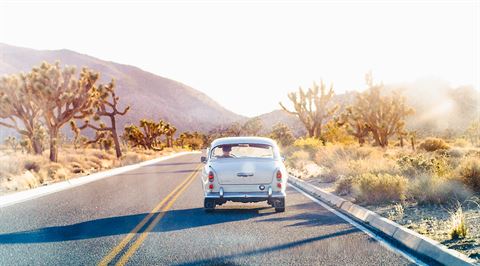
The right stuff
Most former British colonies drive on the left-hand side of the road (including India, Australia, the Caribbean and southern Africa). Japan, though never part of the Empire, also drives on the left. This dates back to the Edo period (1603-1867) when the Samurai preferred to have their right arm nearer to a potential opponent and their sword further from them. Two-thirds of the world’s countries however – including the USA, Russia, China and most of Europe – drive on the right.
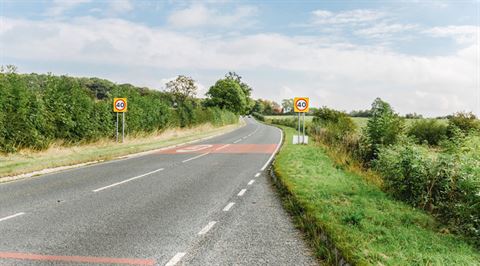
No need for speed
Did you know, the first country to set a speed limit was the UK? In 1865, the limit was 4mph in rural areas and 2mph in towns. These days, speed limits vary significantly around the globe. In the USA, each state has its own rules and regulations – in California it’s 55mph on two-lane highways, while Texans can travel up to 85mph on some roads. Across the Atlantic, sections of Germany’s Autobahn don’t actually have a speed limit. Remember that speed limits in some countries are displayed in kilometres, rather than miles; and gen up on your road signs – while some display the speed limit in numbers, others (like the UK national speed limit sign) don’t.
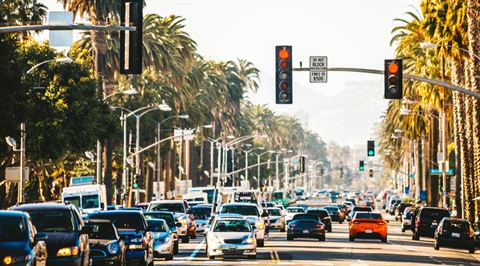
See red
Traffic lights can be confusing. In America, you’re allowed to turn right when a light is red, providing there is no oncoming traffic. In Australia, however, red always means stop, and the traffic lights have a different sequence to the UK: red for stop, green for go, amber for prepare to stop. And did you know, in South Africa traffic lights are called ‘robots’?
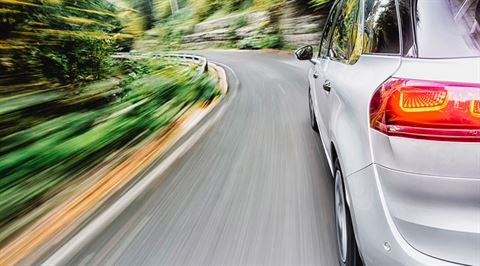
Guiding light
Cars in the USA don’t have a dedicated orange indicator light, rather they have a red flashing indicator, which can be confused with the brake light, so be vigilant. In Denmark, people will consider you a poor driver if you fail to indicate and you can actually be fined for not doing so. Talking of northern Europe, it’s a legal requirement to have your headlights on at all times, even during the day (dipped is fine).
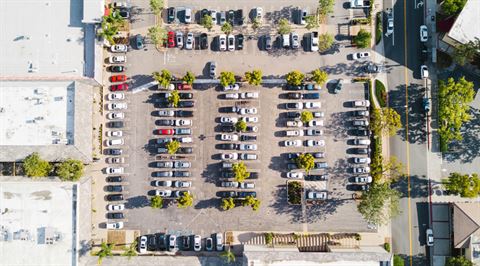
Park it
America is home to over 260 million cars, so parking can be tight (valet parking is popular). Although most meters are credit-card friendly, keep a few quarters in your pocket just in case. Other top parking tips: in South Africa, your car must always be parked facing the direction of the traffic; and historic centres in many European cities are often closed to private cars, so you’ll need to park out of town.
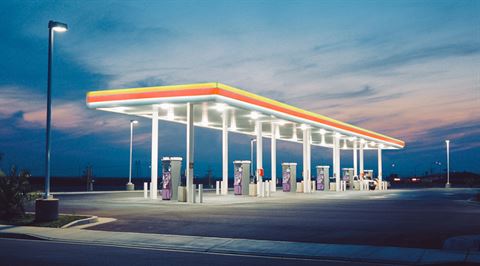
Cooking on gas
Unlike in the UK, in America you have to pay for your fuel before you attempt to fill up the car. Pull up at the pump, pay the cashier for the amount you’d like and then fill up – the pump will usually cut off at the amount you’ve paid. If it doesn’t, you have to return to the cashier to pay the extra.
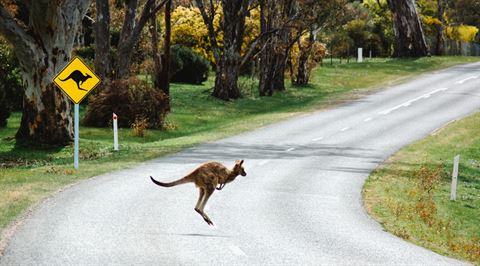
Obstacle course
Look out for obstacles on the road you might not expect back home. In Europe, be aware of trams and tram lines – in the Netherlands, for example, trams have priority on roads of equal importance and should always be passed on the right. Wild animals can also be a hazard – look out for kangaroos in Australia, especially at night; while deer, elk and moose can regularly wander onto the roads in Canada.
Book your Avis car rental as part of your British Airways holiday and enjoy partnership benefits including a free additional driver with every rental. What’s more, make a booking this month and pick up your car between now and 31 January 2018, and you’ll get 1,000 Avios. Terms and conditions apply. For more information and to book, visit ba.com/avis
Words: Harriet Cooper
This article has been tagged Advertorial, Driving